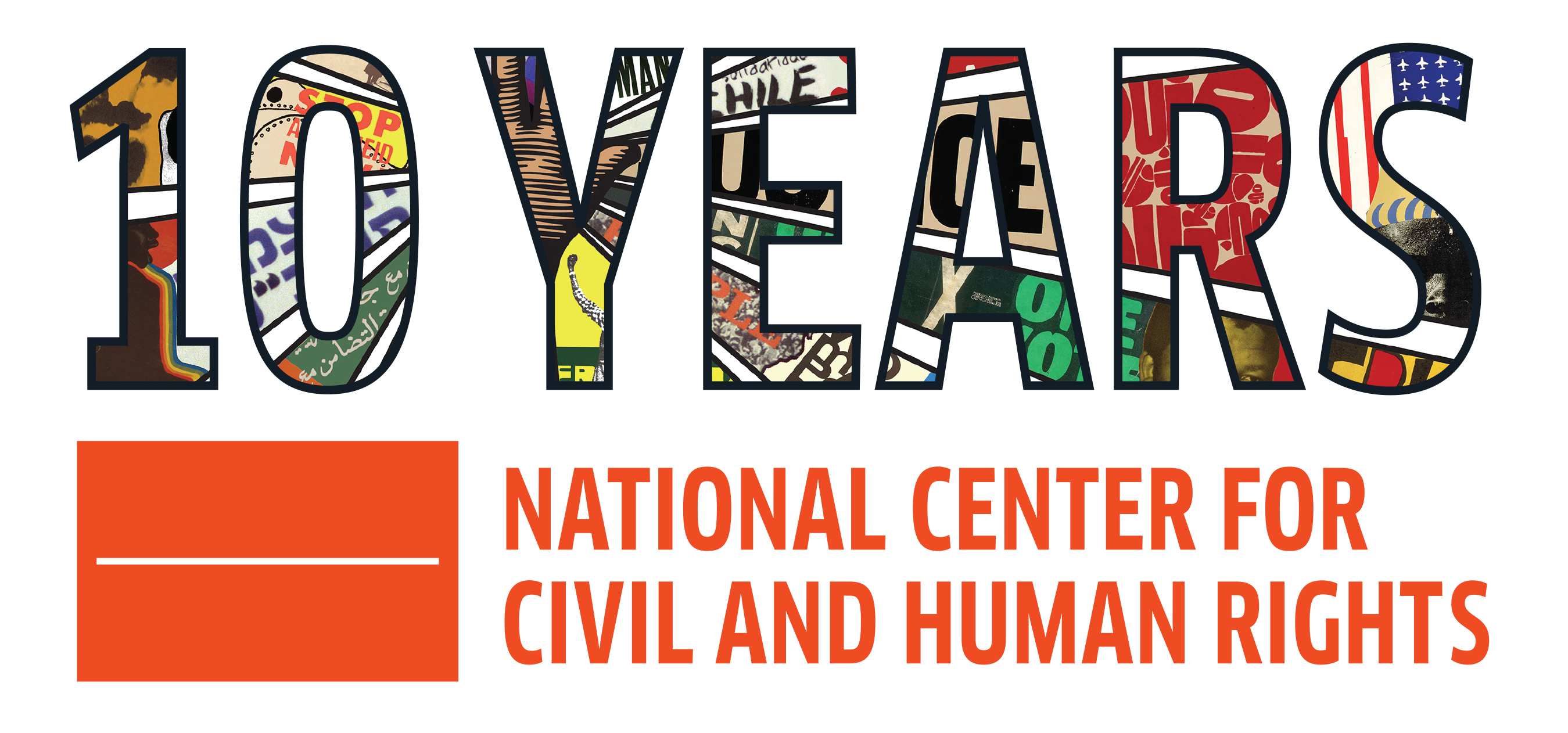What is Race?
During one of my shifts at the Center for Civil and Human Rights, I met a guest from Uruguay. After experiencing the lunch counter sit-in simulator, she was shocked. She couldn’t believe that White and Black people couldn’t eat together in recent American history or that people of different races eating together resulted in violence and/or imprisonment. She told me that in her home country, they never had this legacy of segregation. One statement stuck with me during this conversation: “You know, I didn’t know I was White until I came to the United States.” Americans would tell her that she was White because of her light skin and blonde hair. For her, she was Uruguayan and her nationality was her identity.
“Most importantly, why should it matter?” she asked.
According to the CIA World Factbook, about 88% of the population of Uruguay is of European descent, 5% of African descent and 3% of Indigenous or Amerindian descent. The remaining 4% consists of various ethnicities from around the world but Uruguayans do not equate their nationality with ethnicity, but with citizenship. This is what makes our countries different.
We all identify as Americans but the legacy of chattel slavery, Jim Crow laws, racial segregation and “separate but equal” institutions have made many Americans feel that some citizens are more American than others. Historically, racial categories have been used to keep certain ethnic groups dispossessed while upholding white supremacy. Once you travel the world, you learn that racial dynamics are interpreted differently within various cultures. In my travels to the Middle East, it was somewhat hard explaining my identity as African-American woman. In their eyes, I didn’t look African because I don’t have deep brown skin or typical African facial features.
These conversations make it easier to see how race is a social construct. The malleability of race proves that it doesn’t have its own objective reality. So many prejudicial laws and institutions were created all in the service of a concept based on pseudoscience. Scientists of the past created fields dedicated to the supposed inferiority of non-European peoples. This pseudoscience led to the ghastly horrors of eugenics and genocide in the United States. Now Modern-day scientists say, “Racial categories are weak proxies for genetic diversity and need to be phased out.” Or differences – from our hair textures to our facial features to skin colors – are literally skin deep. There are no Black genes or White genes. At our biological core, we are the same.
The United States, like Uruguay, has a blending of cultures and races. Despite the social unrest, there are many Americans who take pride in that. It will take a lot of work towards social justice and education to create a future where everyone celebrates racial and ethnic diversity. At least, we can dream of a future where race really doesn’t matter.

